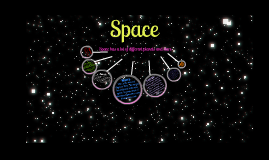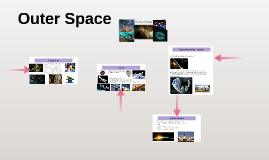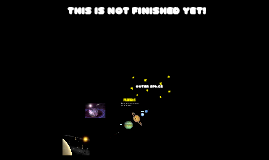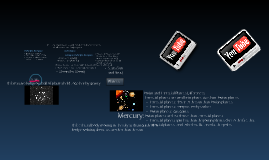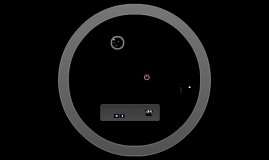outer space
Transcript: the sun The Sun is the star at the center of the Solar System the sun is by far the largest object in the solar system. the sun contains more then 99.8% of the total mass of the solar system, jupiter contains most of the rest. The Sun is currently traveling through the Local Interstellar Cloud in the Local Bubble zone, within the inner rim of the Orion Arm of the Milky Way galaxy. Of the 50 nearest stellar systems within 17 light-years from Earth (the closest being a red dwarf named Proxima Centauri at approximately 4.2 light years away), the Sun ranks 4th in mass.[ galaxy galaxies often collide at speed of 500 kilometers per second the galaxy is merger of smaller galaxies the solar system well all this planits have ther own orvit around tha sun. It completes three rotations about its axis for every two orbits and orbiting the Sun once every 87.969 Earth days. The planet is named after Venus, the Roman goddess of love and beauty and orbiting the sun every 224.7 Earth days Earth's time to go around the sun is 365 days 6 hours and 9 minutes. Mars time to go around thi sun is 687 earth days to have a full year. jupiter's time to go aroun thu sun is about 4,330.6 earth days. Saturn is named after the Roman god Saturn, equated to the Greek Cronus (the Titan father of Zeus) and Saturn's mass is just over 95 times greater than Earth's. It is named after the ancient Greek deity of the sky Uranus (Ancient Greek: Οὐρανός), the father of Cronus (Saturn) and grandfather of Zeus (Jupiter). Named for the Roman god of the sea, it is the fourth-largest planet by diameter and the third-largest by mass. Neptune is 17 times the mass of Earth and is slightly more massive than its near-twin Uranus, which is 15 times the mass of Earth but not as dense. Pluto, is the second most massive known dwarf planet in the Solar System (after Eris) and the tenth most massive body observed directly orbiting the Sun. black holes However, the star will continue to shrink until the matter is all compressed into an infinitely small, infinitely dense point called a singularity. This is the centre of a black hole. Around a black hole there is an undetectable surface called an event horizon that marks the point of no return. Black holes of stellar mass are expected to form when heavy stars collapse in a supernova at the end of their life cycle. the bigest black hole is about 11 billion miles almost twice diameter of the orbit of pluto. black holes are made by stars or other massive objects A black hole is a region of space from which nothing, not even light, can escape. the 9 planets when stars are red is because ther old the color of the stars deped on the tempetur around them and more then u can count Historically, the most prominent stars on the celestial sphere were grouped together into constellations and asterisms, At the end of its lifetime, a star can also contain a proportion of degenerate matter For at least a portion of its life, a star shines due to thermonuclear fusion of hydrogen in its core releasing energy that traverses the star's interior and then radiates into outer space A star is a massive, luminous ball of plasma held together by gravity Other stars are visible from Earth during the night when they are not outshone by the Sun or blocked by atmospheric phenomena









